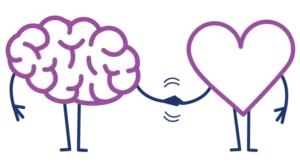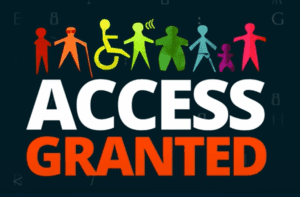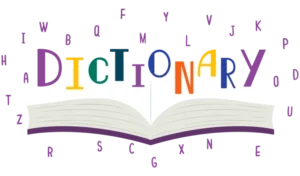By John Samuel
Introduction
In November 2018, I attended the Innovate Raleigh Conference, which was an event focused on bringing together key stakeholders driving innovation and entrepreneurship in the region. This was where I first met Dan Gonzalez, the co-Founder of District C, and learned about his commitment to teach high school students how to work in diverse teams to solve complex problems. Shortly after that, I participated in a workshop that District C was conducting through Leadership Raleigh, a program developed by the Chamber to help rising leaders build skills that will support them as they take on leadership roles in solving the challenges facing the community. This is where I really gained an appreciation of the work that District C was doing, and could see the impact that their training could have on students. .
Therefore, when Kat Jackson, the Director of Partnerships, reached out to me about having LCI Tech serving as a business partner, it was a no brainer. However, when she mentioned that we would be working with students from the North Carolina School of Science and Mathematics (NCSSM), I was ecstatic.
Having grown up in North Carolina, I knew of the reputation and caliber of students who attended NCSSM, which was the first public residential high school in the country with a science, technology, engineering and math focus – they were focused on STEM, well before it became the buzzword it is today. Knowing this about the school, I knew they would be the perfect partner for LCI Tech, and the fact that we both shared roots in Durham was great!
The Problem
Ever since I joined LCI to start up the new technology services business, I have been wrestling with a strategic problem – what should we offer after digital accessibility and call center services? Therefore, I thought this would be a great opportunity to leverage the NCSSM students, to Figure out how to make sense of overwhelming amounts of information, break down an increasingly complex problem, and create employment opportunities for the blind and visually impaired community.
After understanding LCI Tech’s goal for this exercise, Kat Jackson and I worked together to identify and define the business problem and context:
There are several barriers that have limited blind and visually impaired individuals from participating in the workforce, but with the improvements in assistive technology, accessibility, and awareness, there is reason why we can help reduce the 70% unemployment rate for the community. Currently, our primary opportunity for BVI employees is helping businesses with digital platforms reach full digital equity and accessibility, and we are planning to offer call center services in the near future. We want to know what technology services we should provide, to create meaningful employment for the visually impaired community, while filling a genuine need for our customers.
Connecting The Dots


The next step in the process was the Launch Meeting, where my team and I had the opportunity to meet with Chad Keister, the teacher who attended the inaugural Coaching Institute and was tasked with taking the District C experience back to NCSSM, and his sixteen students, who led the meeting and conducted interviews with my team and me.
The students were broken in to four groups, and each group had the opportunity to ask us questions about our business – this was their opportunity to gather information that they needed to help develop their solution to the problem.
I was thoroughly impressed with the professionalism of the students, and the insight that they brought to the questions that they were asking. The students demonstrated a level of maturity beyond their age, when they set up follow up meetings, asking how they make their presentations more accessible, and connecting with me on LinkedIn.
The Result


Two weeks later, the students had their Pitch Day, when they presented their solutions to members of my team, and other employees of the broader LCI organization.
As impressed as I was after the Launch Meeting, the students took it to another level during their pitches. The poise and confidence that they presented was amazing – it was hard to believe that these were only juniors and seniors in High School!
Three teams presented their solutions, and each one gave us something unique to think about as we look to develop our new service line. What struck me was that each group put an emphasis on addressing the education gap in the blind community. According to the NFB, the following numbers represent the highest level of education attained by a person who is blind or has a vision impairment in the US:
- Less than high school graduation: 847,000 (22.3%)
- High school diploma or a GED: 1,201,600 (31.6%)
- Some college education/associates degree: 1,151,500 (30.3%)
- Bachelor’s degree or higher: 598,000 (15.7%)
Solutions ranged from providing services to school systems to ensure that their systems are accessible, to developing a computer science certificate that would give BVI the skills needed for programming jobs. The students identified education as the major barrier that we needed to address, and develop a business solution that could also generate revenue at the same time.
Moving Forward
From the perspective of a business partner, we gained a lot from the students, but I was extremely happy to hear that the students also gained from this experience. After the presentations Chad Keister said, “From a real-world problem solving perspective, this opportunity was simply tremendous. We all learned so much throughout the process, both knowledge specific to LCI Tech and the wider societal context. This experience generated deeply meaningful value.”
Although I still have questions about what our next service line will be, the District C – NCSSM collaboration definitely gave me some things to think about, and I do see us placing a focus on addressing the education gap moving forward.





